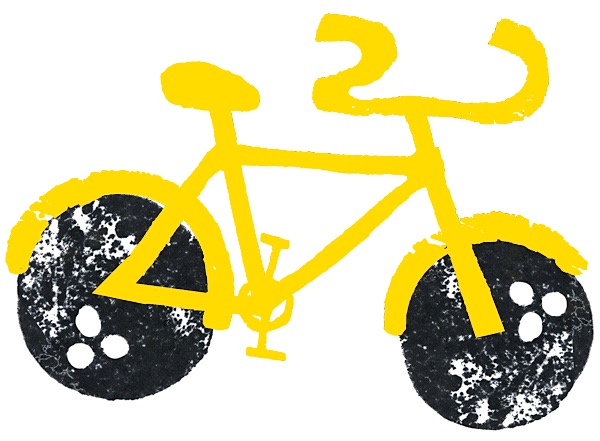So you’re driving along and suddenly notice the city has lost a tooth. Where things once stood– a block is suddenly vacant, a lot is suddenly empty, a sign has disappeared.

You scratch your head and and rack your brain trying to remember what was there before. And then if you are lucky enough, you remember it was a spot that added color and life to the city. Then you kick yourself for never buying a burrito, a burger, or a shrimp there. And another kick for never getting a proper photo of the joint before it died, before it gentrified.

This was Tom’s Burgers. Its mighty sign and distinctive green tiled building anchored the corner of Sunset and Silverlake ever since I was a mere passenger in the back of the wood paneled Country Squire station wagon.

Yeah, Tom’s didn’t get rave reviews but its presence was a fixture in my LA geography. A few years back, the sign went blank and Tom’s was gone. I regretted never stopping in or to take a shot or two of Tom’s. Eh, why bother? It’ll always be there. I’ll drive-thru next time. Until there wasn’t a next time.

Now every time I pass the modern pizza joint that replaced it, I try to envision Tom’s. Through my spotty memory and a few random area snapshots I re-imagined the sign for better or worse.

The moral of the story? Go there. Experience the place. At least take a picture of it today. Because it could be gone tomorrow.










 It was a good Sunday when Dad packed us up in the station wagon for a trip to the local bowling alley. The space aged geometric letters stretching into the sky were a sign of good times ahead.
It was a good Sunday when Dad packed us up in the station wagon for a trip to the local bowling alley. The space aged geometric letters stretching into the sky were a sign of good times ahead.






